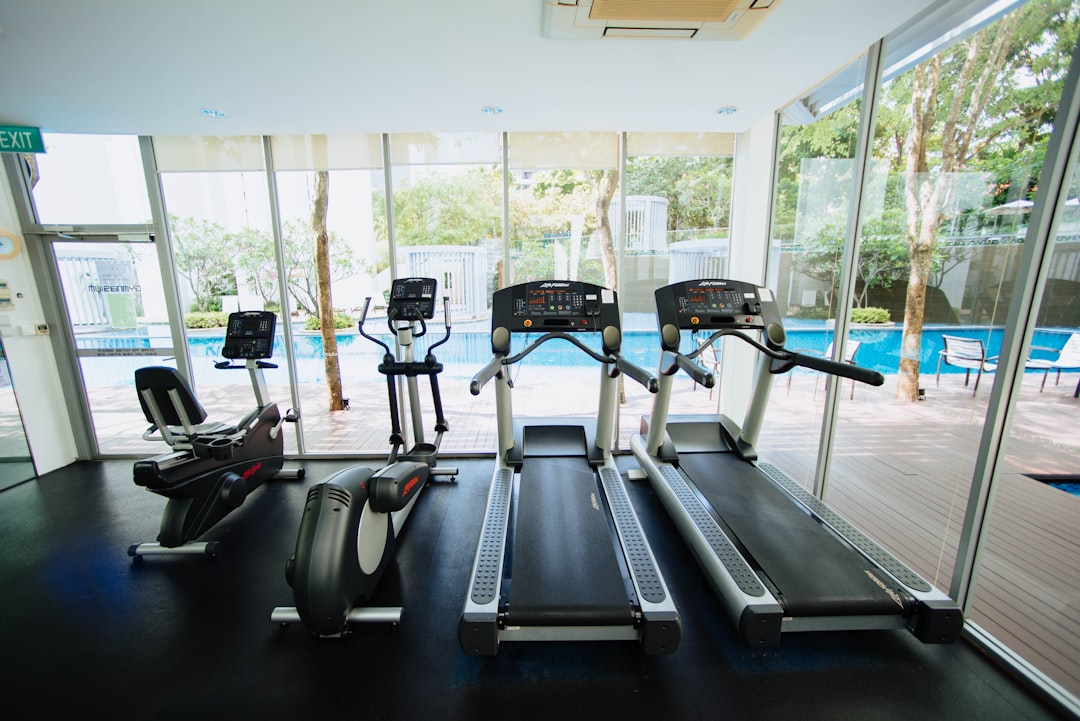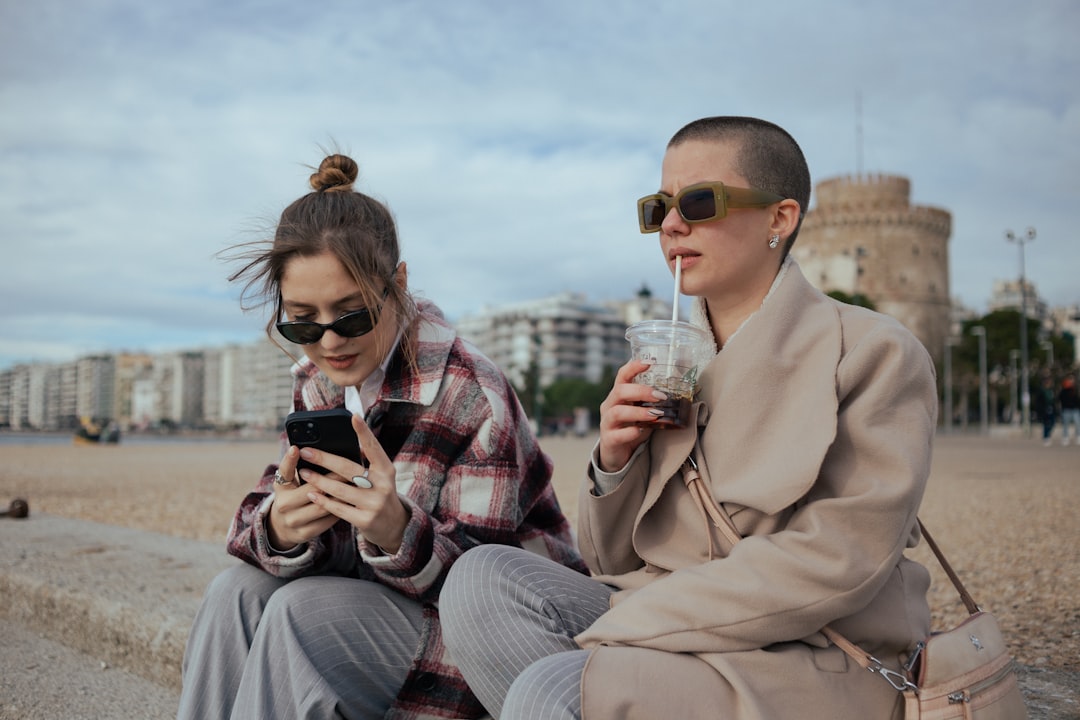In the ever-evolving digital landscape, influencer marketing has emerged as a powerful strategy for brands aiming to connect authentically with their audiences. By collaborating with social media influencers, companies can humanize their products, reach niche demographics, and drive significant engagement. The most successful influencer marketing campaigns not only sell products—they tell stories, spark conversations, and build communities.
What Makes an Influencer Marketing Campaign Successful?
Before diving into examples of outstanding campaigns, it’s essential to understand what sets the best apart. Successful influencer marketing campaigns typically share the following key elements:
- Authenticity: Influencers promote products that genuinely align with their personal brand and audience interests.
- Unique Storytelling: Campaigns that tell a relatable and captivating story often perform better than those that are overtly promotional.
- Strategic Partnerships: The influencer’s values, tone, and reach must align with the brand’s goals.
- Measurable Objectives: Clear KPIs such as engagement rates, impressions, or conversions help define success.
Now, let’s explore some of the best influencer marketing campaigns that have captured attention across industries.
1. Daniel Wellington’s Timeless Global Strategy
The Swedish watch brand Daniel Wellington achieved worldwide recognition largely through influencer partnerships. Rather than limited big-budget ads, the brand gifted watches to micro and macro influencers, encouraging them to share pictures with the hashtag #DWPickoftheDay.

By focusing on Instagram and maintaining a consistent aesthetic, Daniel Wellington cultivated a stylish, aspirational image. The campaign inspired user-generated content (UGC) and social proof, leading to tremendous organic growth with minimal traditional advertising.
2. Fenty Beauty by Rihanna: Inclusivity at the Forefront
When Rihanna launched Fenty Beauty, the brand emphasized inclusivity with a foundation range of 40 shades—something rarely seen in the beauty industry at the time. Influencers of all ethnicities, genders, and skin tones were included in the campaign, which created a viral buzz and celebrated diversity.
Rihanna herself acted as a mega-influencer and promoted the products genuinely. She also collaborated with both high-profile beauty vloggers and emerging makeup artists, giving the campaign a broad reach.
The hashtag #FentyBeauty trended across platforms, with product reviews flowing in from influencers worldwide. Sales skyrocketed, and the campaign became a benchmark for inclusive marketing strategies.
3. Gymshark: Building a Fitness Community
Gymshark, a UK-based fitness attire brand, built a loyal customer base by strategically partnering with fitness influencers on platforms like YouTube, TikTok, and Instagram. Their campaign emphasized community over simple promotion by labeling influencers as “Gymshark Athletes.”
These athletes didn’t just advertise—they shared workout routines, diet tips, and motivation using Gymshark gear, creating a lifestyle connection with audiences.

The brand hosted pop-up shops, meet-and-greets, and exclusive events, turning online engagement into real-world loyalty. This multi-platform approach enabled Gymshark to grow into a billion-dollar brand with minimal traditional advertising spend.
4. Audible and BookTube Collaborations
Audible tapped into the BookTube community on YouTube to promote its audiobook offerings. Collaborating with book influencers who already had an engaged readership, Audible presented its free trial and streaming services as a modern way to enjoy literature.
These influencers created reading challenge videos, TBR lists, and bookshelf tours while integrating Audible promotions non-intrusively. Because influencers genuinely used the app and recommended books they loved, the promotion felt organic and engaging.
5. Chipotle’s Viral TikTok Campaigns
Chipotle has consistently stayed ahead of the curve with its influencer marketing strategies, especially on TikTok. In its #GuacDance campaign, the brand partnered with TikTok creators like David Dobrik to encourage followers to post avocado-themed dances in celebration of National Avocado Day.
The campaign resulted in more than 250,000 video submissions and over 430 million TikTok video starts—making it one of the most successful branded campaigns on the platform.

Chipotle’s campaigns work so well because they are fun, participatory, and led by influencers who align with TikTok’s young, energetic vibe.
6. Airbnb: Tapping into Travel Influencers
Rather than traditional advertising, Airbnb has effectively collaborated with travel influencers to showcase real-life experiences in unique listings. Influencers sharing personal travel logs, complete with beautiful imagery and inspiring stories, helped humanize the brand’s global offerings.
One such campaign featured YouTubers like Casey Neistat and Instagram influencers traveling to breathtaking Airbnb stays. These personalized narratives inspired followers to book their own adventures while subtly promoting the brand’s versatility and affordability. Engagement soared as users engaged with visually stunning content tied to aspirational lifestyles.
7. Dunkin’ Donuts x Charli D’Amelio
Dunkin’ Donuts’ collaboration with TikTok megastar Charli D’Amelio exemplifies how Gen Z influencers can revitalize traditional brands. Dunkin’ introduced “The Charli” drink, a cold brew based on her personal order, supported by a social media campaign across TikTok, Instagram, and Twitter.
The campaign generated hundreds of millions of impressions and a tremendous spike in app downloads and drink sales. “The Charli” even prompted a second drink launch and cemented the brand’s connection with a younger demographic.
Lessons From Top Influencer Campaigns
These examples offer valuable insights into developing impactful influencer campaigns:
- Know Your Audience: Authenticity and relevance are essential. Matching the right influencer to your brand is crucial to resonate with your target market.
- Empower the Influencer: Let them maintain creative control. This ensures the message remains authentic and engaging.
- Embrace New Platforms: From Instagram and YouTube to TikTok, be open to exploring different platforms depending on where your audience lives.
- Engage Through Storytelling: Real-life stories and experiences help audience members emotionally connect with your brand.
Frequently Asked Questions (FAQ)
- Q: What is influencer marketing?
A: Influencer marketing is a form of social media marketing where brands collaborate with individuals who have large online followings to promote products or services. - Q: How do I choose the right influencer for my campaign?
A: Consider factors like audience demographics, engagement rate, content style, and whether the influencer’s personal brand aligns with your product or service. - Q: What platforms are best for influencer marketing?
A: Instagram and TikTok are currently the most popular, but YouTube, Twitter, and even LinkedIn can be effective depending on your goals and target audience. - Q: Are micro-influencers effective?
A: Yes. Micro-influencers often have higher engagement rates, more niche audiences, and can bring a more personal touch to your campaign. - Q: How much does influencer marketing cost?
A: Costs vary widely depending on the influencer’s reach, platform, content type, and campaign length. Small influencers may charge a few hundred dollars, while top-tier celebrities may command six figures or more per post. - Q: How do I measure success in influencer campaigns?
A: Measure success through KPIs such as engagement rate, reach, follower growth, website traffic, and conversions. Use tracking links and discount codes for better attribution.
From global fashion names to local eateries, influencer marketing has proven to be a game-changing tool for brands of all sizes. The campaigns that stand the test of time are those that tap into genuine human connection—proving that in the world of marketing, authenticity always wins.
